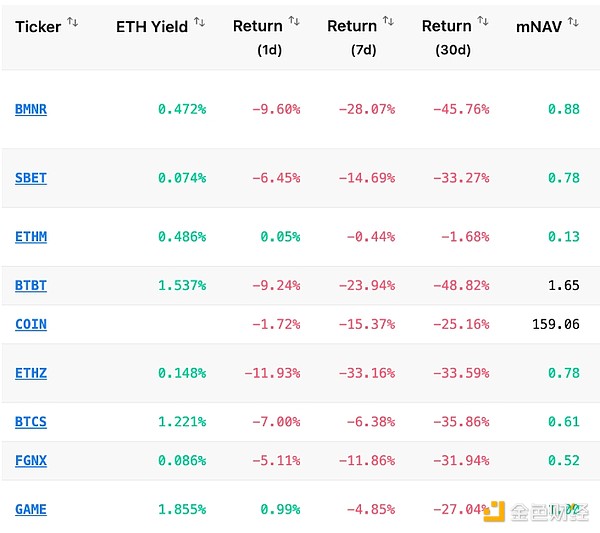LayerZero Foundation proposes $110 million acquisition of Stargate bridge as STG token struggles
Quick Take The LayerZero Foundation, which oversees the popular cross-chain protocol, proposed a $110 million acquisition of the Stargate bridge to the Stargate DAO. STG token holders will soon vote on the proposal, which has an approval threshold of 70%. If approved, the STG token would be discontinued, and holders could swap STG for ZRO, the native LayerZero token. Both tokens rallied following the proposal’s publication, bringing the deal size higher in dollar terms.
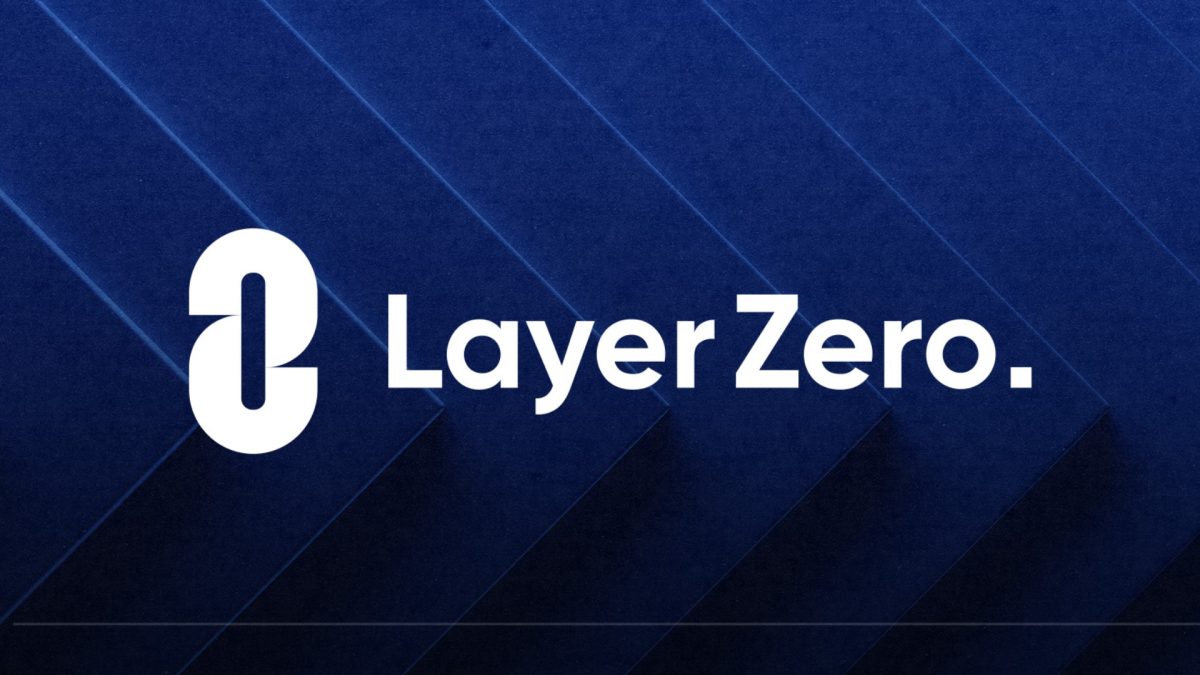
LayerZero Foundation, the organization which supports the cross-chain interoperability protocol LayerZero, proposed on Sunday a $110 million acquisition of the Stargate bridge and its STG tokens, aiming to bring a major ecosystem participant in-house.
"This offer is designed to accelerate both Stargate and LayerZero, giving Stargate the resources to ship on an aggressive roadmap that expands its prerogative outside of bridging, while tying an incredible, revenue-generating protocol that touches the end-consumer deeper into the LayerZero ecosystem," the proposal states .
Under the terms of the proposal, the STG token would be discontinued, with STG holders able to trade their tokens for ZRO, the native token of LayerZero, at a ratio of 1 STG : 0.08634 ZRO, reflecting a value of $0.1675 per STG and $1.94 per ZRO. Stargate would be brought under the LayerZero Foundation, and its DAO would be dissolved.
"We want to move faster," LayerZero Labs co-founder and CEO Bryan Pellegrino wrote on X . "[We want to] help Stargate execute on it's ambitious roadmap while creating a single stack that anybody integrating within the LayerZero ecosystem can adopt."
Stargate was originally launched by LayerZero in 2022, and its token, STG, reached its all-time high price of $4.14 soon after. However, despite the bridge's success — the proposal touts it as "the most used bridge in the industry today" with over $70 billion in historical volume — the token's price has dwindled to under $0.20.
Following the proposal, the price of STG jumped about 12%, currently trading at $0.188 at 2:30 pm ET, according to The Block's STG Price page. The ZRO token also jumped, rising about 15% following the announcement, according to The Block's ZRO Price page. With both tokens moving up in price, the dollar value of the deal effectively increases, from $110 million when the proposal was published to about $127 million at current prices.
The proposal, posted in the Stargate DAO's community forum, is open to questions for the next seven days. Some early respondents complained that STG holders were not being compensated well enough.
"The $STG token has been as high as $4 in previous cycles. Given the amount of revenue Stargate makes and the potential for the protocol, this offer should be significantly higher," user Vladtheinhaler wrote .
"We believe at the time of proposal the deal represented fair value, the DAO will need to judge for itself," Pellegrino told The Block. Pellegrino also said all LayerZero insiders who hold STG tokens will abstain from the upcoming vote.
Updated 3:38 pm EST with additional comments from Bryan Pellegrino.
Disclaimer: The content of this article solely reflects the author's opinion and does not represent the platform in any capacity. This article is not intended to serve as a reference for making investment decisions.
You may also like
How does the leading player in perpetual DEX view the future trend of HYPE?
If you believe that the trading volume of perpetual DEXs will continue to grow, then HYPE is one of the purest and most leveraged ways to capitalize on this trend.
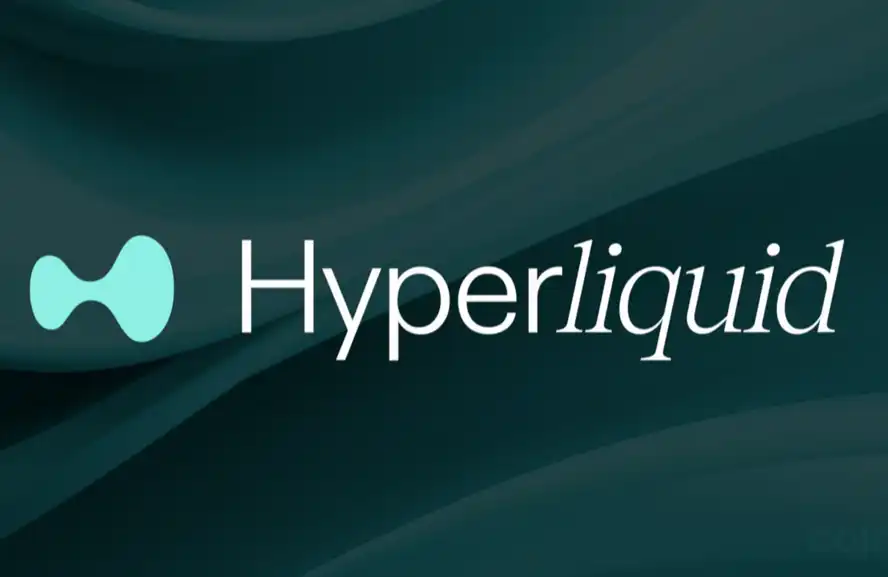
Privacy Meets Social Trust: How UXLINK and ZEC Are Building the Next Generation of Web3 Infrastructure
As ZEC advances compliant privacy and UXLINK builds real-world social infrastructure, the industry is moving towards a safer, more inclusive, and more scalable future.
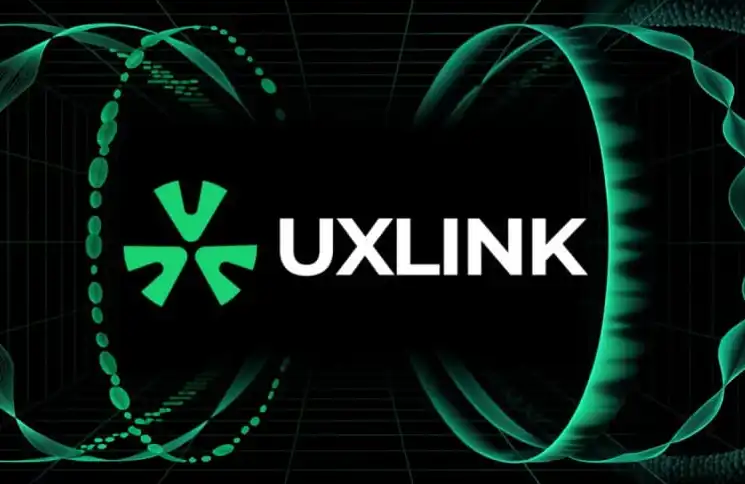
Market Prediction and Emerging Parataxis: What is the current major challenge?
The prediction market project is experimenting with new primitives and mechanisms, including a prediction derivatives market, advanced automated market makers and liquidity mechanisms, interoperability primitives, and more.
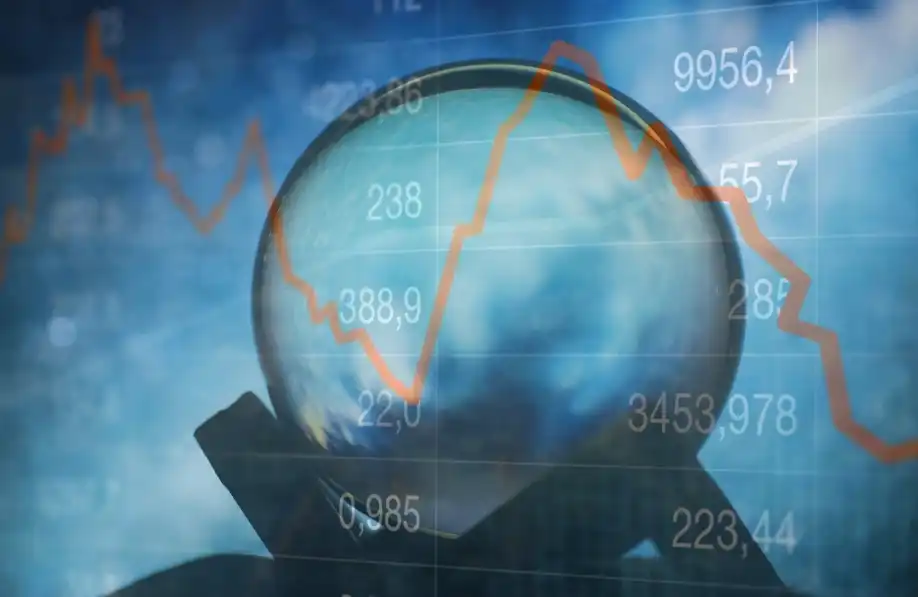
With the market continuing to decline, how are the whales, DAT, and ETFs doing?
